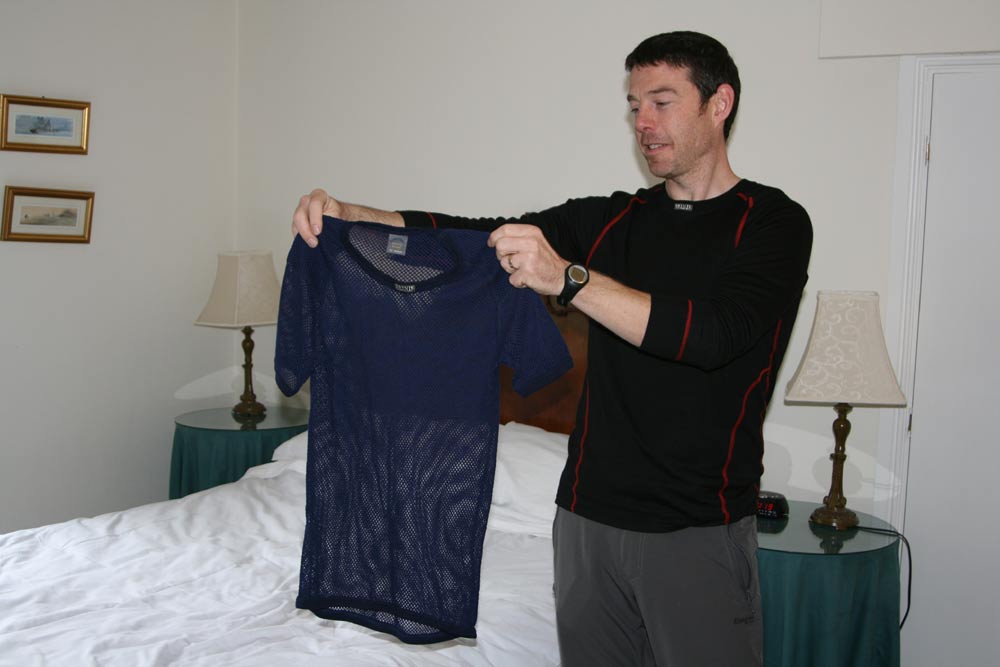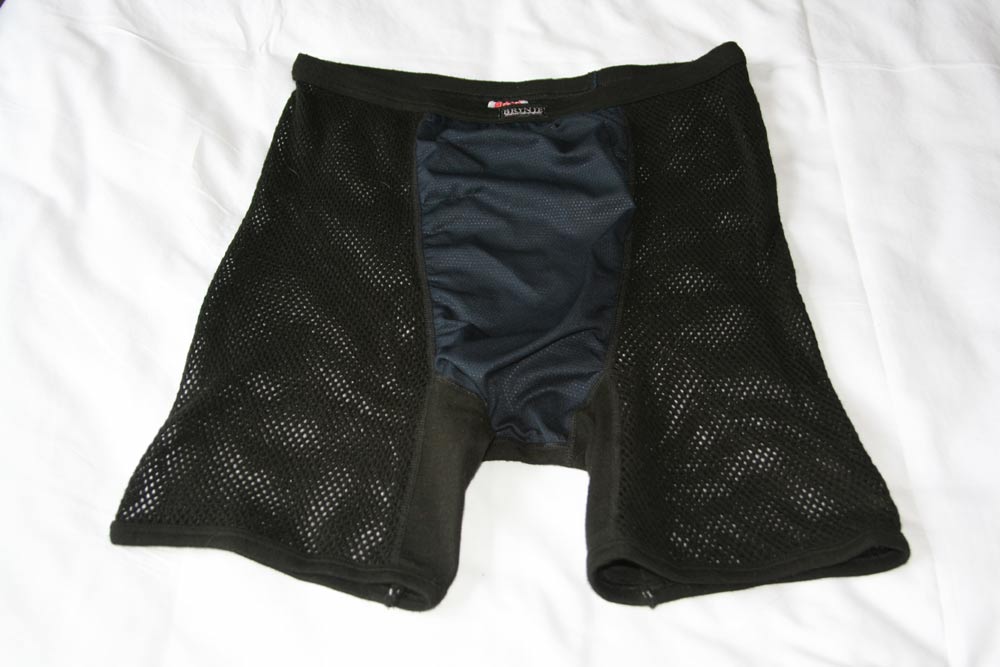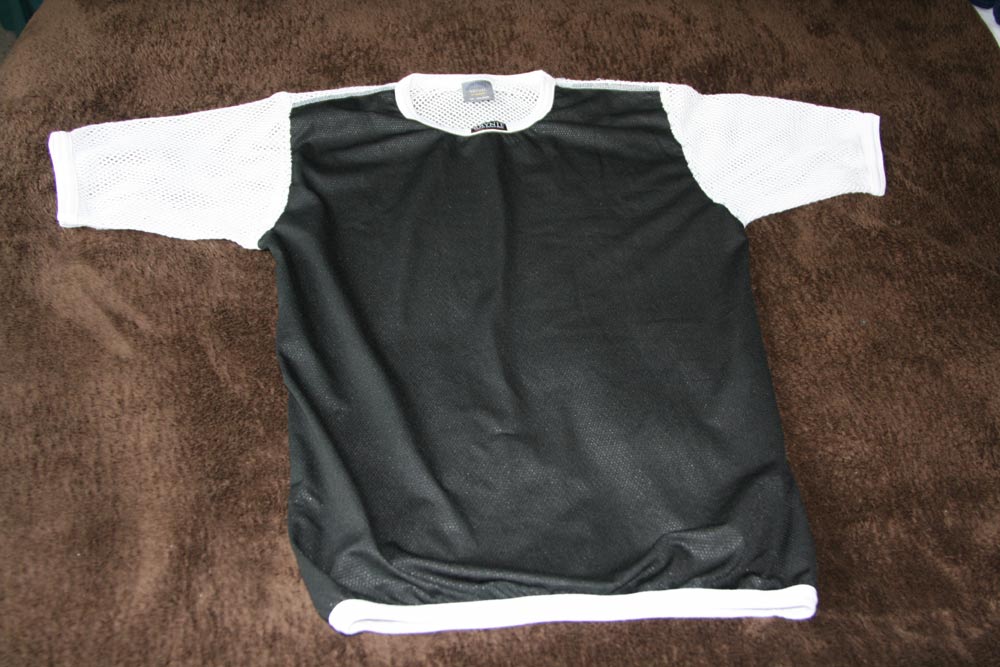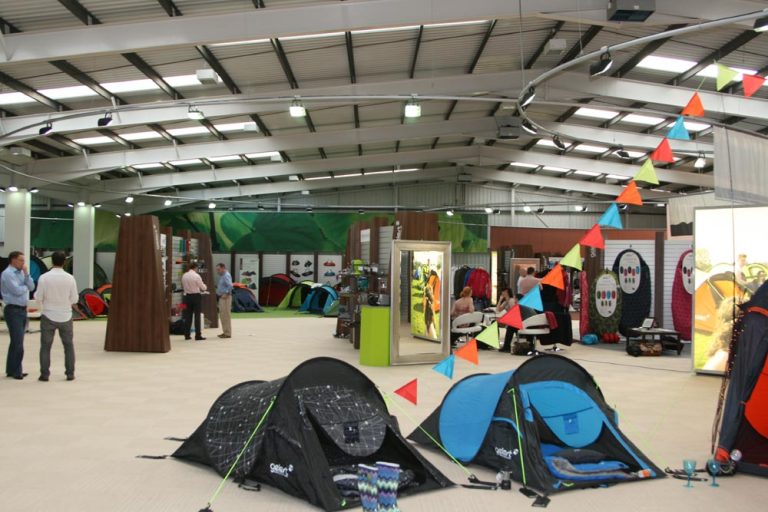We’ve already told you a little about our walk across Kinder using a Brynje of Norway mesh tee base layer, but we thought you might like to know a little more about the brand’s range and how it came to be available in the UK.
Starting with the latter, Rhodri Lewis – he’s Welsh believe it or not – is an active outdoors type who used to be in the oil industry. As part of his past life, he lived in Norway for several years and in the process discovered and fell in love with Brynje’s mesh-based clothing system. So when he left the oil business and was looking for something to do, it seemed like a logical step to share the love and he approached Brynje with a view to bringing mesh into the UK.
Mesh Theory
The theory is that, as with a string vest, the gaps in the mesh trap warming air against the skin. The fabric is hydrophobic polyprylene, so it doesn’t absorb much if any water, so no sogginess, plus when you do remove the ‘cap’ layer or vent it, the exposed skin – about 60% by area – beneath the holes of the mesh cools faster than with conventional base layers, something we found really worked on a chilly May day in the Peak.
The basic mesh base layer comes in two versions – the polypropylene orignal, which Rhodri reckons shades it in performance terms, and also a merino version for those who’d rather stay natural and embrace the fabric’s natural anti-odour properties. You pay a slight premium for going with merino – for comparison, a polypro long-sleeved tee with shoulder inserts is £40 while a similar top in merino would be £53.
More Mesh
There’s more to the range than just mesh tees though. Brynje calls plain base layer tops which trap the air under them ‘cap layers’ and it produces its own conventional cap layers, though you could use a base or mid layer from any brand to the same effect.
More interestingly, it also has a whole range of winter weight garments that use a merino wool outer with a permanently attached Polypropylene mesh inner layer – not cheap, think £120 for an Arctic Polo zip-neck top, but based on our experience of mixed fabrics, should be interesting in ultra cold conditions like, well, arctic Norway.
Summer Mesh
Warm weather? Let’s be honest, aesthetically the mesh tops are an acquired taste, but there’s also a more closely knit, lighter fabric summer weight version, which is a little less ‘Right Said Fred’ in appearance. And then there’s a windproof-fronted version aimed mainly at cyclists, which gives the effect of a windproof gilet but in baselayer form for convenience.
Mesh Accessories
What else? Mesh boxers shorts with a windproof pouched front – apparently the size of the pouch increases with the clothing size. And there are mid-weight fleeces with the familiar mesh liner, which you could wear either next to skin or directly over a baselayer in cooler conditions. Your call.
Finally, there’s even headgear complete with that mesh liner including the Super Thermo technical balaclava and a merino beanie. Our favourite though has to be Brynje’s take on the traditional mountain cap. It has the familiar design, but with a soft shell rather than waterproof outer fabric and, instead of the fleece inner, a mesh liner, which should be less bulky, let more sound through to your ears and not be over warm. The finishing touch are a pair of vents allowing easy cranial cooling when the going gets hot. Nice…
Anyway, we have a selection of mesh on longer-term test so we’ll see how it does and report back. In the mean time, you can find the full selection of Brynje kit avaialable in the UK along with Bergens kits at thye Nordic Life web site: www.nordiclifeuk.co.uk.









